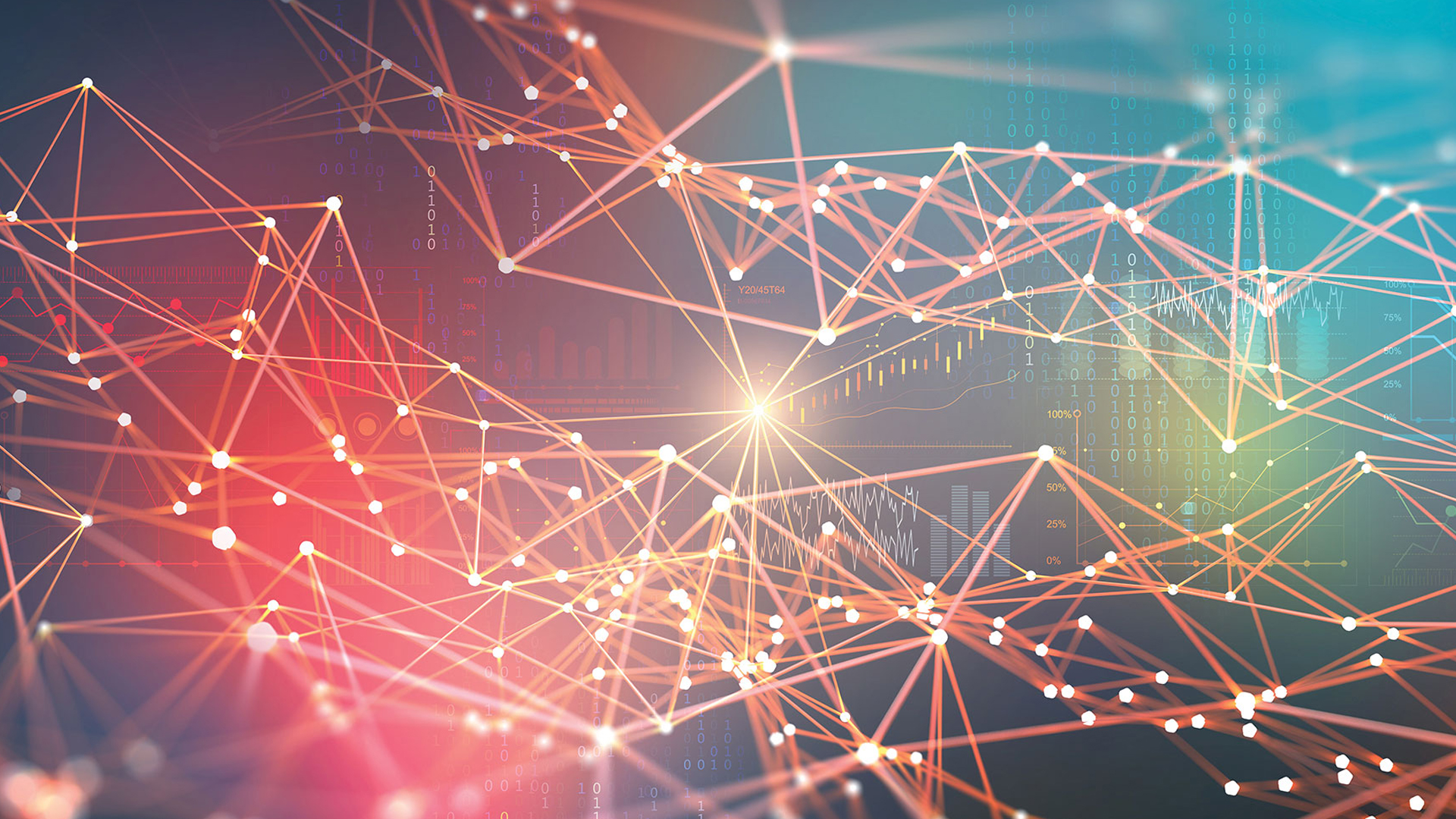Artificial intelligence (AI) jump-starts the transformational process and powers Industry 4.0 through integration with the Internet of Things (IoT) and interconnected machines, enabling real-time visibility across entire supply chains and allowing for more accurate guidance or decisions far beyond what human intelligence could offer. Technological advances over the past few decades and the refinement of AI algorithms have offered manufacturers the leading-edge in delivering timely end-to-end solutions, helping to manage data, deploy applications on cloud of choice to transform products, reskill and upskill the workforce to develop the next generation of relevant skills and enhance operational performance at enterprise scale.
Hardware and software performance have also significantly improved from the application of AI techniques including; machine learning, teaching and translation, knowledge mining, cognitive learning, language processing, etc., allowing manufacturing and assembly line machines to process large volumes of data at high velocities.
Artificial intelligence technologies rely on neural networks that are synonymous to the biological neurons in the human brain. These networks use various architectures to process information and are comprised of nodes and layers that perform different functional analyses such as object and speech recognition, machine tuning and calibration, robotic motion control, process automation, cognitive quality assessment and factory assistance.
There are three main categories of companies that can benefit substantially from the enormous potential that AI brings to manufacturing;
- Digital natives – companies that started with digital core holdings and continue to innovate by adopting digital technologies for all business sectors.
- Digitized incumbents – these are incumbent businesses with over 20% digitalized core holdings and continue to transform the core by launching new digital businesses with over 25% organic revenue growth.
- Traditional incumbents – incumbent companies that continue to compete mainly in traditional ways and over 80% of their business holdings is not digitized.
Manufacturing companies are implementing AI tools to optimize digital operations, using intelligent supply chain networks to reimagine their brand and are empowering their workforce as AI can handle mundane and repetitive tasks across the organization, freeing people up to solve more complex problems and focus on getting more impactful work done.
With the adoption of AI, other manufacturing areas will have substantial gains as well, including additive manufacturing by creating new efficient products and reducing waste and emissions, robotics and process automation by enhancing human-machine collaborations and increasing workplace safety and cybersecurity by embedding smart safeguards into manufacturing systems to combat vulnerabilities and threats. Automotive manufacturing is poised for making vehicles that will be fully autonomous by 2030 and electric battery vehicles are expected to experience an astronomical growth of about 4,000% with an average vehicle generating roughly 30 terabytes of data per day (McKinsey, 2016). These potentials will largely depend on AI and data analytics. These disruptive trends require manufacturers to realign their operating model to remain competitive. These product changes will introduce new competitors, replace component parts with new ones and require more adaptable supply chains.

